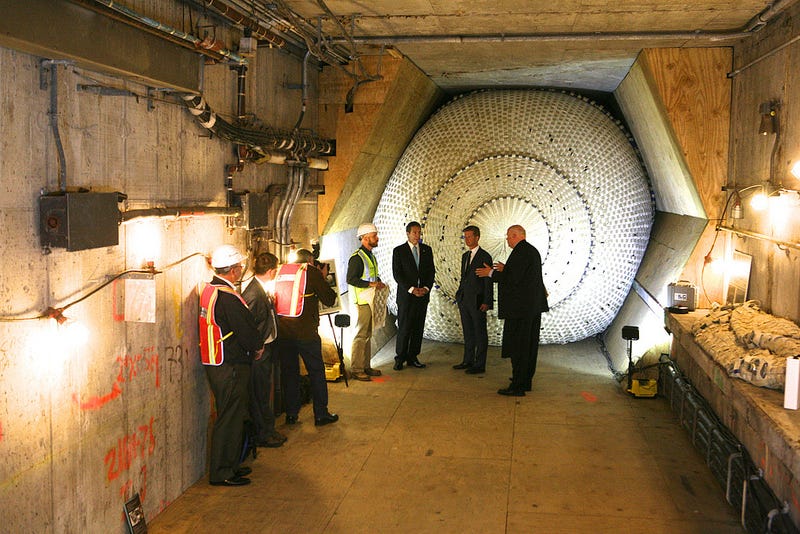tangent
Senior Member
- Joined
- May 11, 2012
- Messages
- 1,789
- Reaction score
- 68
Washington Post, July 4, 2017
"Ancient Romans made world’s ‘most durable’ concrete. We might use it to stop rising seas."
quotes -
"The harbor concrete, a mixture of volcanic ash and quicklime, has withstood the sea for two millennia and counting. What's more, it is stronger than when it was first mixed."
"The Roman stuff is “an extraordinarily rich material in terms of scientific possibility,” said Philip Brune, a research scientist at DuPont Pioneer who has studied the engineering properties of Roman monuments. “It's the most durable building material in human history, and I say that as an engineer not prone to hyperbole."
"Modern sea walls require steel reinforcements; a future in which “large relic walls of twisted steel” dot the coast would be “very troubling,” Jackson said. The Romans didn't use steel. Their reactive concrete was strong enough on its own."
https://www.washingtonpost.com/news...t-to-stop-rising-seas/?utm_term=.5f07e1db609a
Just concrete sea walls are usually pretty ugly even if they do last decades.
Really big blocks of granite or even loose rocks work just fine if they are big enough. "Armoring" the coast lost favor for a number of years because of poorly designed coastal defenses that had the potential to deflect wave energy towards different shore locations and thus cause erosion in other places.
Though the solution to that, putting softer dunes with sea grasses in front of the rocky defenses seems pretty simple and straightforward.
EPA, DEP and local Con Coms should really come up with a simple set of regulations that don't involve multiple layers of permitting to just get coastal defense done. Just give prior approval for coastal defense that follows the guidelines rather than treat every project as a snowflake.
People live along the coast, we have infrastructure along the coast and we need to protect it if we want to continue to enjoy and utilize it.

